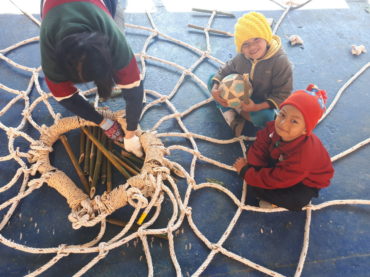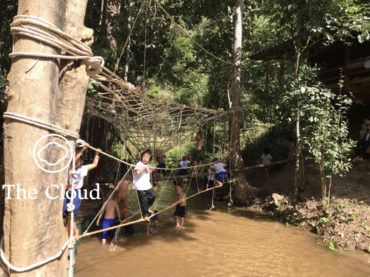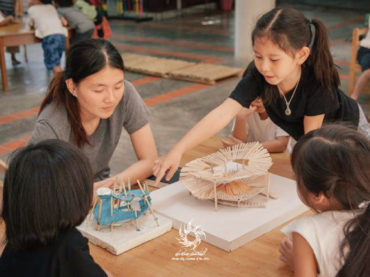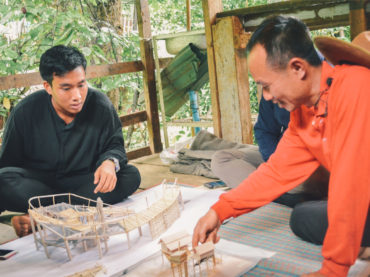
One mission of Arsomsilp Institute of the Arts is to encourage students and the faculties to step out from his/her comfort zone; to meet people who are at the beginning of the first met are the strangers; to work in the areas where they hardly imagine that they will go; to talk to people whose background and social status are totally different from them, to encounter the task that seems to be impossible to achieve; all of the challenges aim to dissolve the wall in their hearts, and when whose wall is dissolved, then one can see, and can hear clearly; that is one can see others – as a human being, and be able to listen more clearly to the voice of others as well as to the voice from his/her heart.
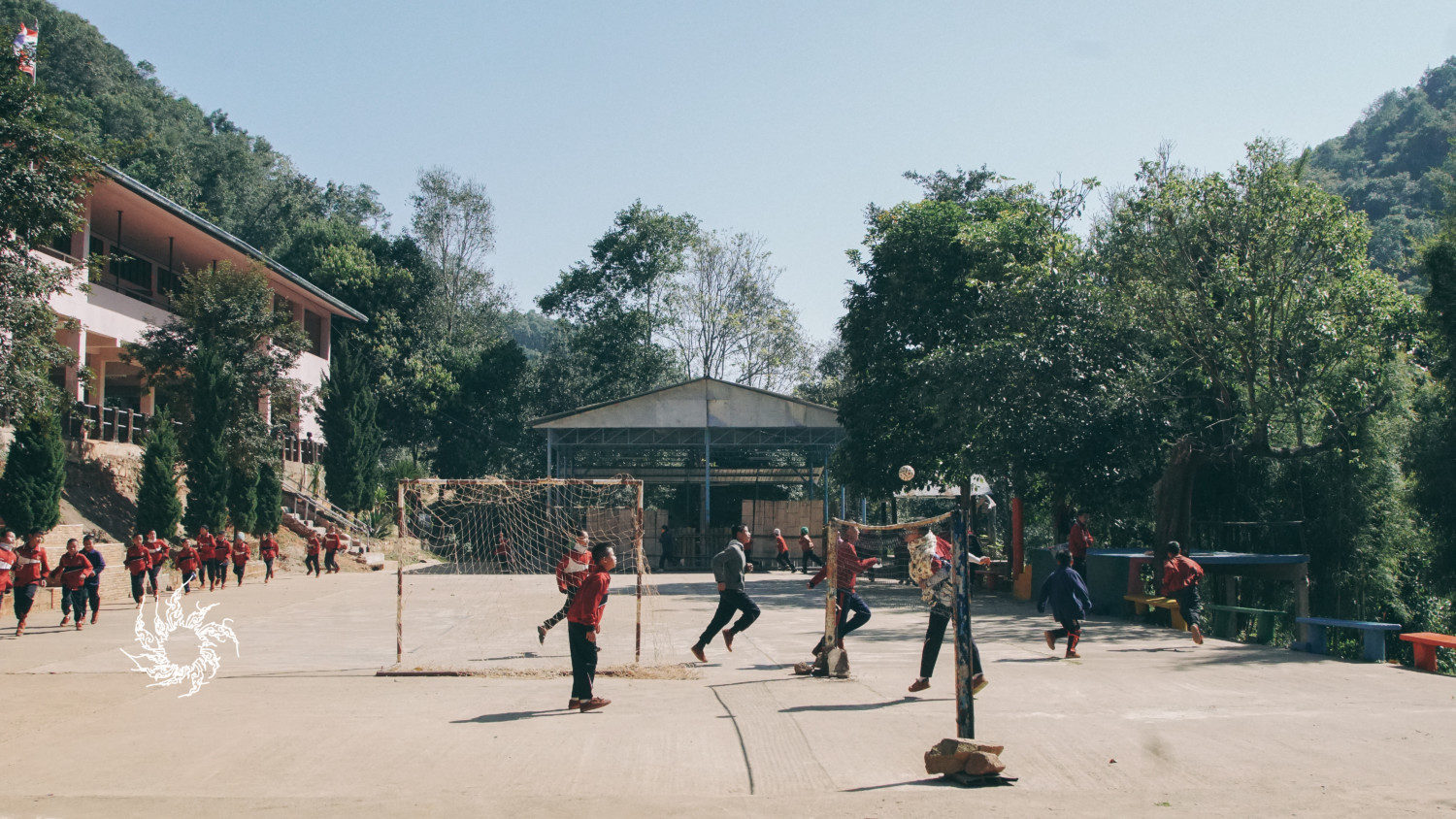
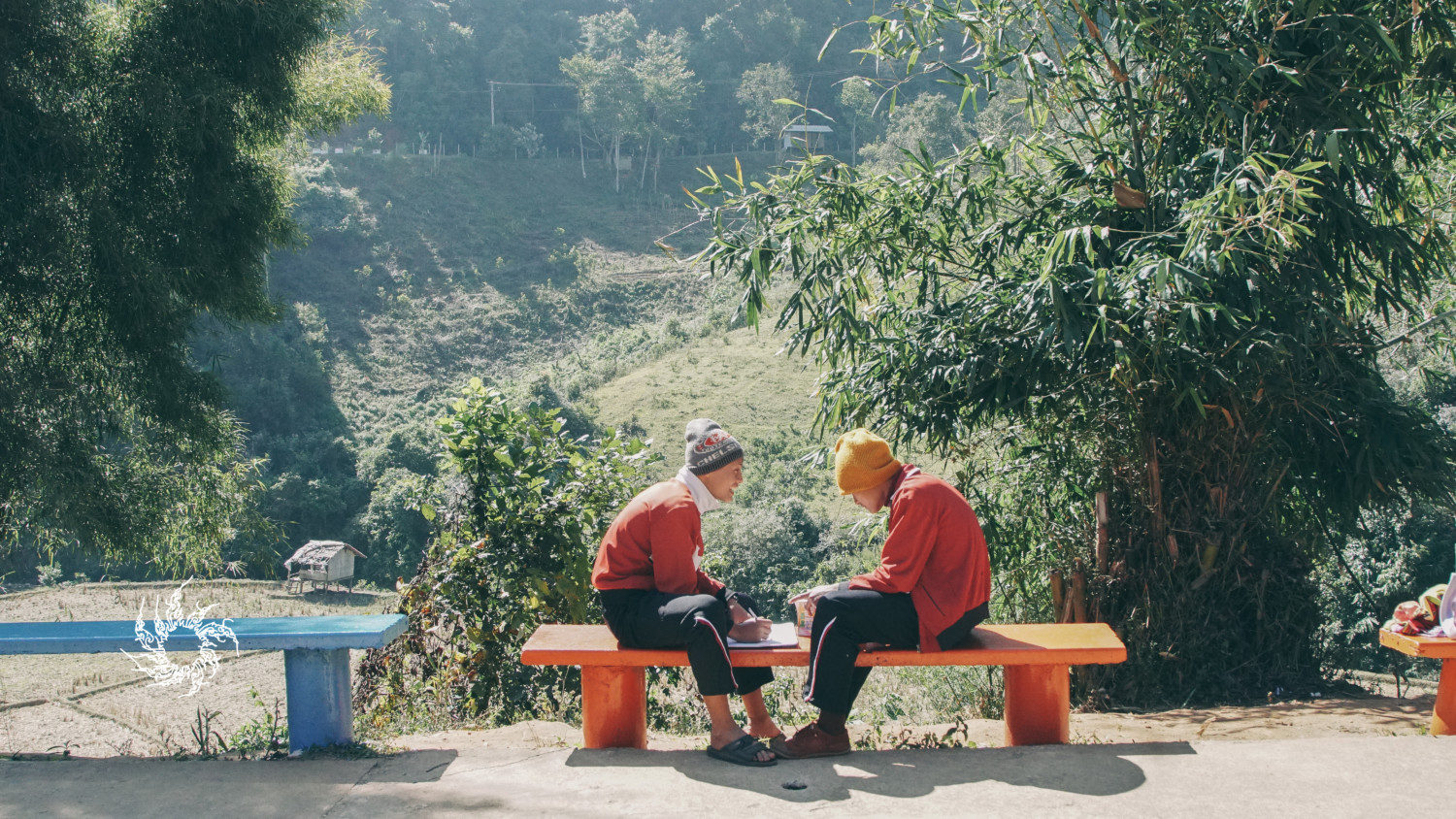
Kids’ scape; the playground that becomes the community space of Maelid School; the school in a remote area in the middle of the mountain top in Maehongsorn province; the northern part of Thailand is among one of students’ projects to portray such a mission. The project started from the simple task which assigned the first year architect students to design a play space for kids at the age of 3-6. Within the process; students had to observe kids’ behaviors of that age, to interview the kindergarten teachers, and experts of child development along with researching related data on child development.
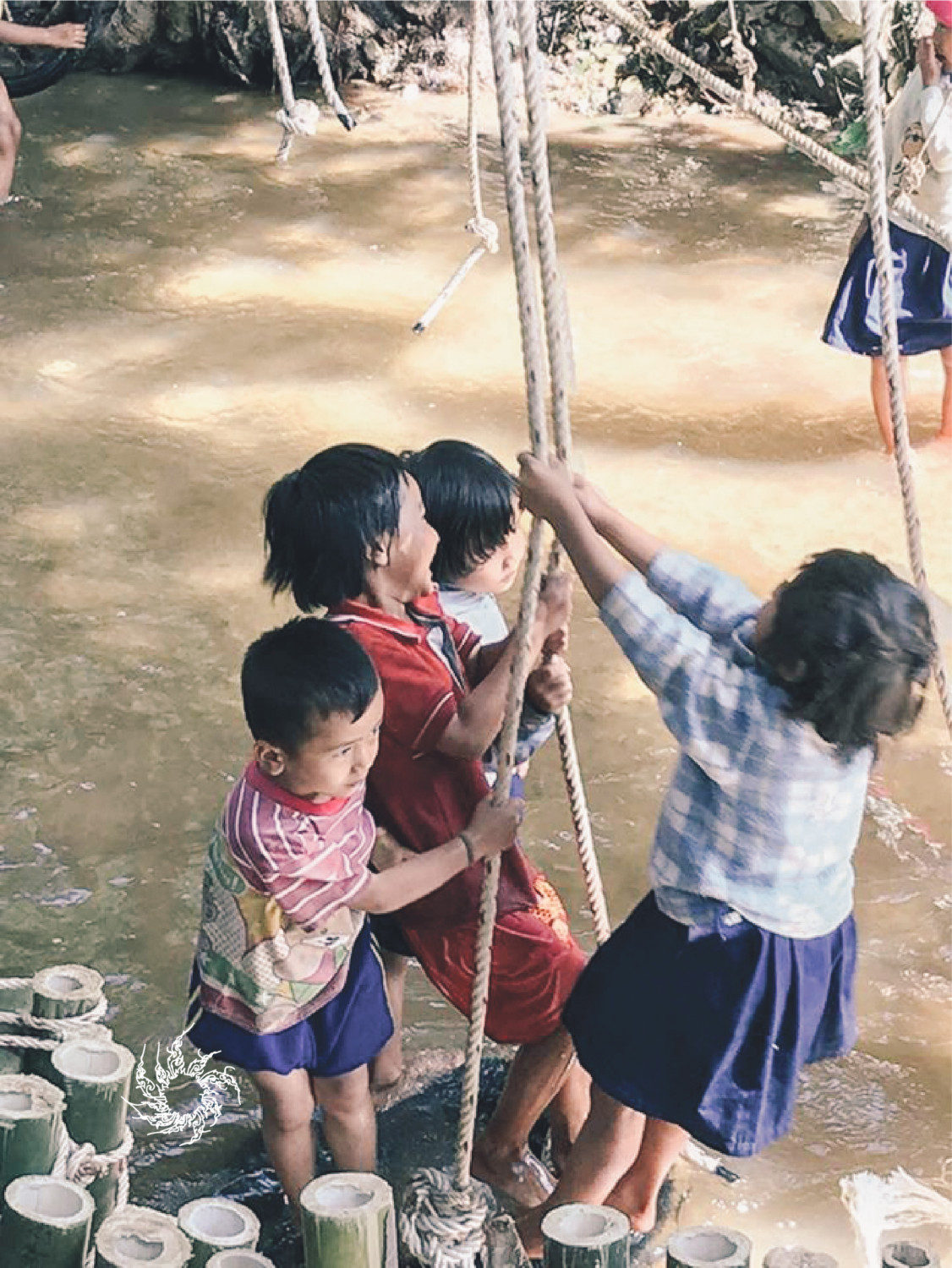
The first phase of the project had ended up with each student presented his/her project to the kindergarten children, the teachers, and a child development expert as an individual work. The second phase; students were challenged to combine their ideas into one, and then developed the play scape for the kids at Maelid School. After long, hard work process within which five ideas needed to became one – from my work to our work – ; the work, which had been gone through a long process of negotiating and exchanging among five students; a play scape had been presented to teachers of Maelid school. However, when the presentation ended, even though the teachers had impressed very much with their work, they had asked students to change the site to the creek down to the hill in order to encourage the kids to go to the creek. The three-month work had been torn apart!
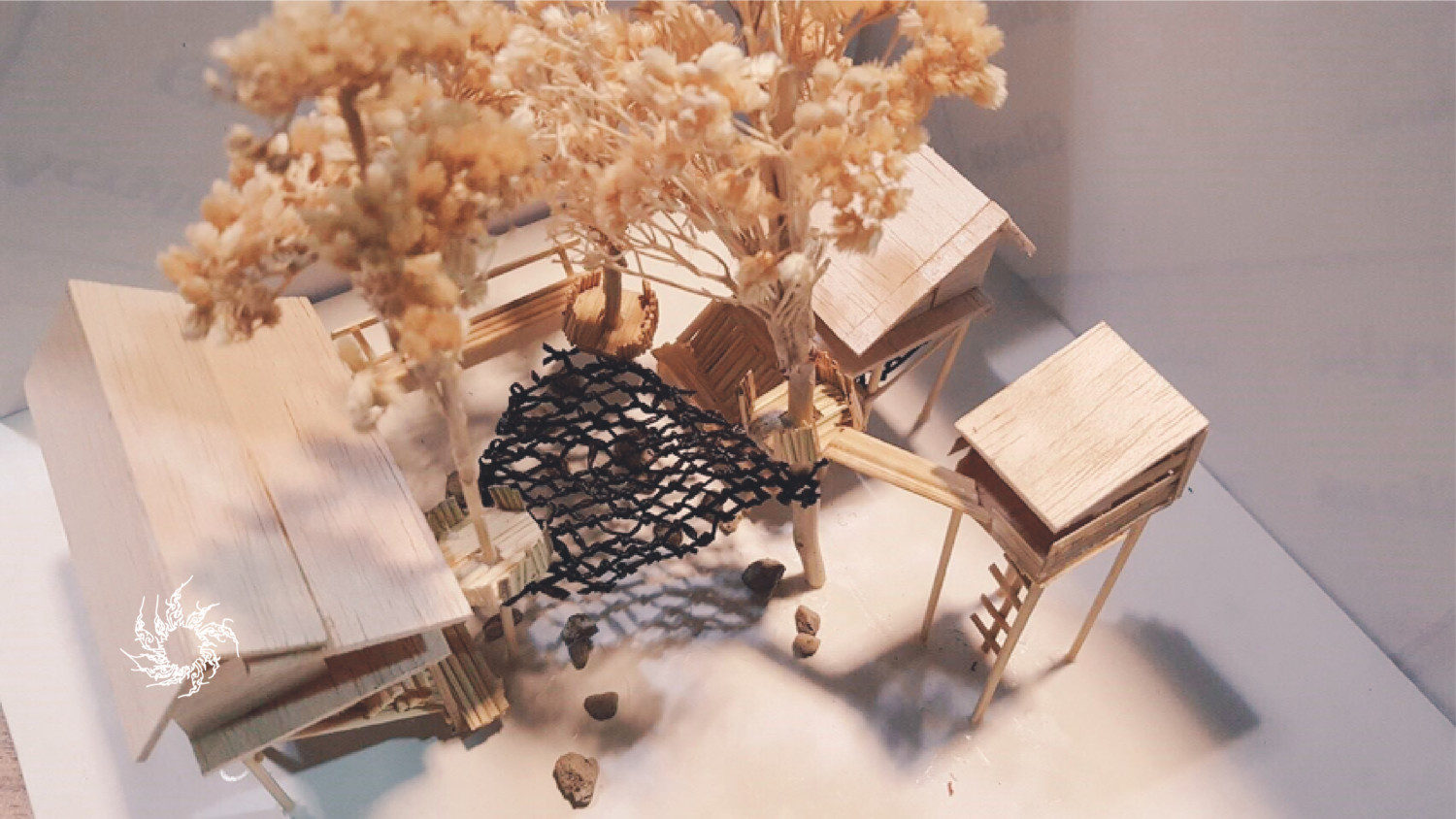
Instead of discouraging, and giving up their intention, the students had accepted the new condition, and started to design from the scratch which completed in one night at Maelid School. The only reason that motivated them was the heart to think of others, the respect of those who will be with and truly benefit from the(ir) design. The play scape comprised of a spider web, connected the three big trees in the area; a suspension rope bridge, a swing car tire, a stepping-stone-walkway and a slider. All had been designed to support children’s development accordingly to the data students had researched during the first phase of the design process, for example, a spider web supported children’s muscle development, and their decision making; while a stepping-stone-walkway helps children to develop their sensory etc.
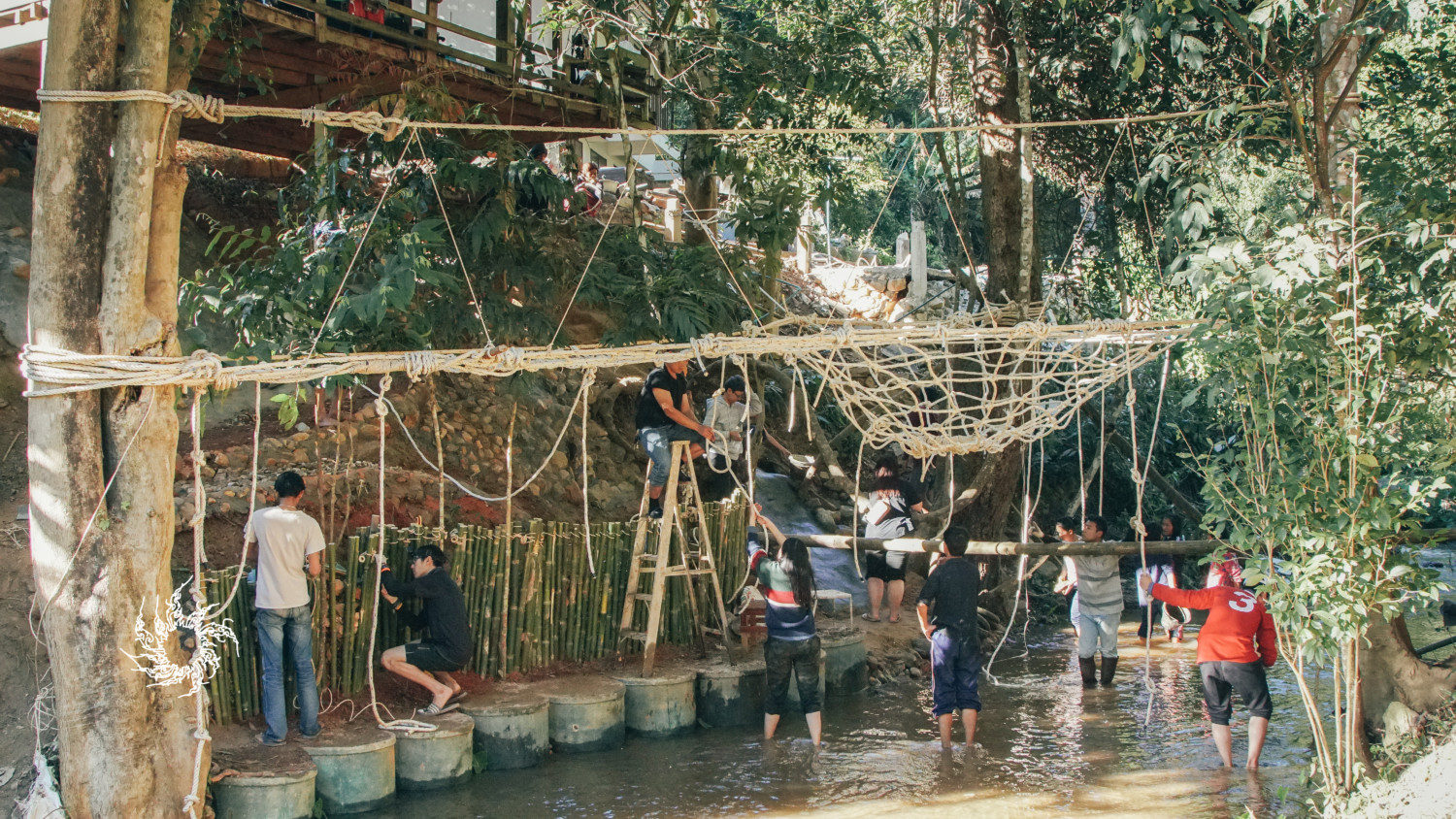
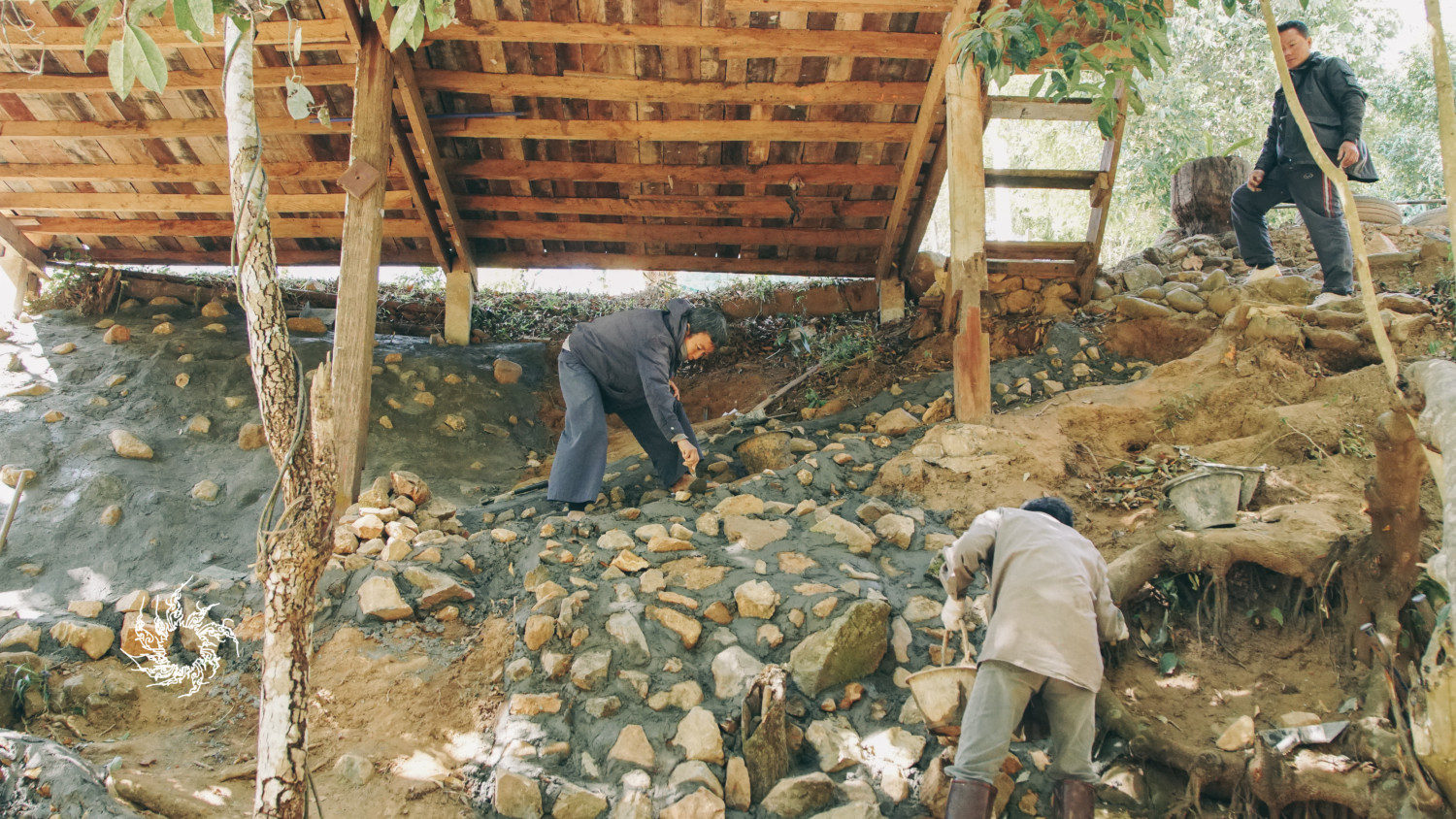
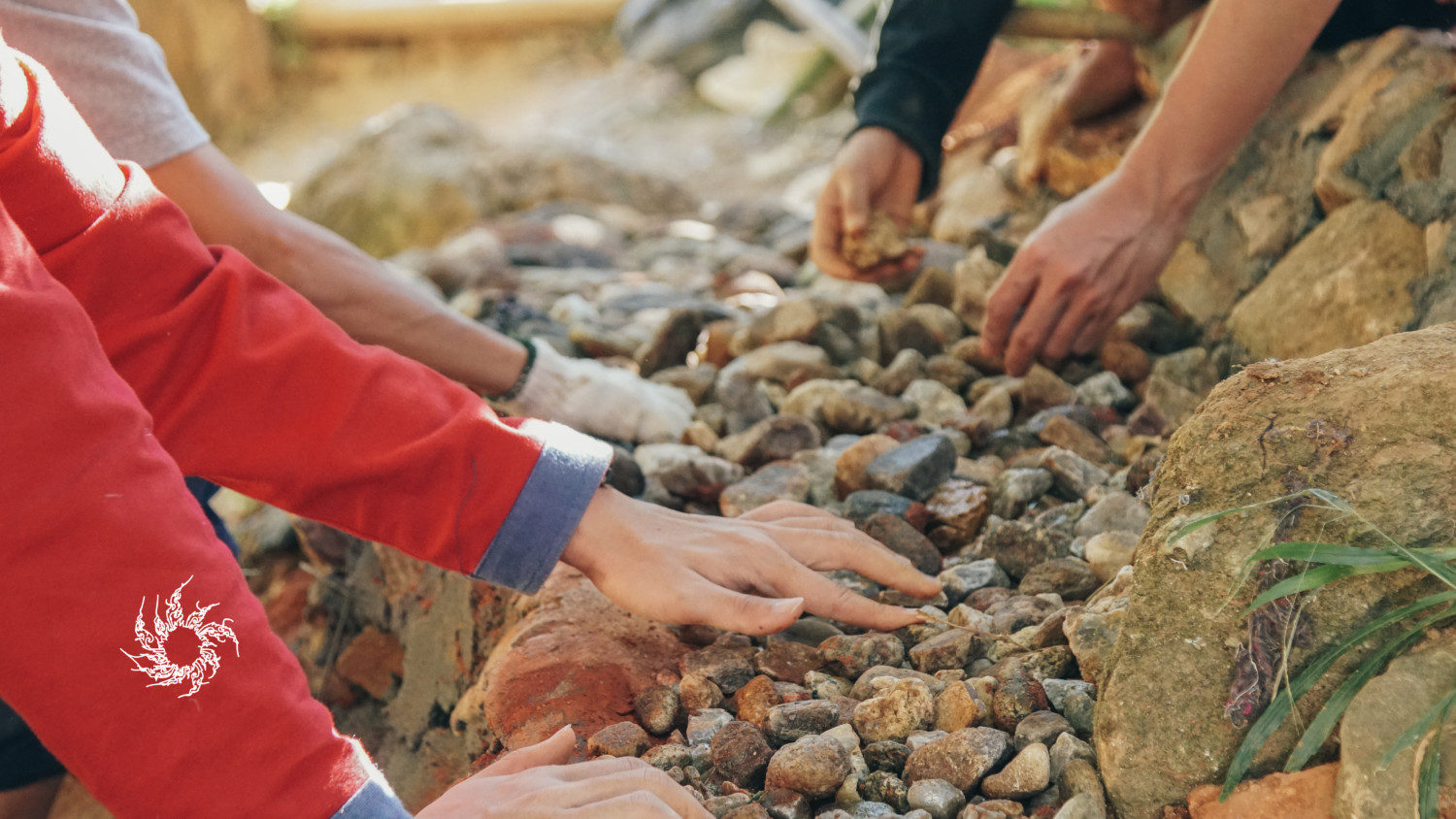
In addition, accordingly to Arsomsilp Institute of the Arts philosophy, the learning process cannot be considered as a complete one if it is just the project left only on the paper. Not only have students been trained as a designer whose design work cannot be achieved without the real users, real sites and real conditions; but also students have to be able to learn if their work could be and how to be built as well as if the work successes when people use it. Therefore, at the end of the first semester, students who at that time were the second year students had designed to go back to Maelid School with the first year student to construct their play scape on the site. With the help of teachers at Maelid school, and parents of the kids as well as Maelid students of all grade; the construction of Maelid play scape had been executed in one week. What students had earned was not only the knowledge and the skill of the construction, but also, perhaps, more significantly, the realization, by heart, the importance of a community and being as a part of the community within which each individual came together to support each other both physically, mentally, and heartily..
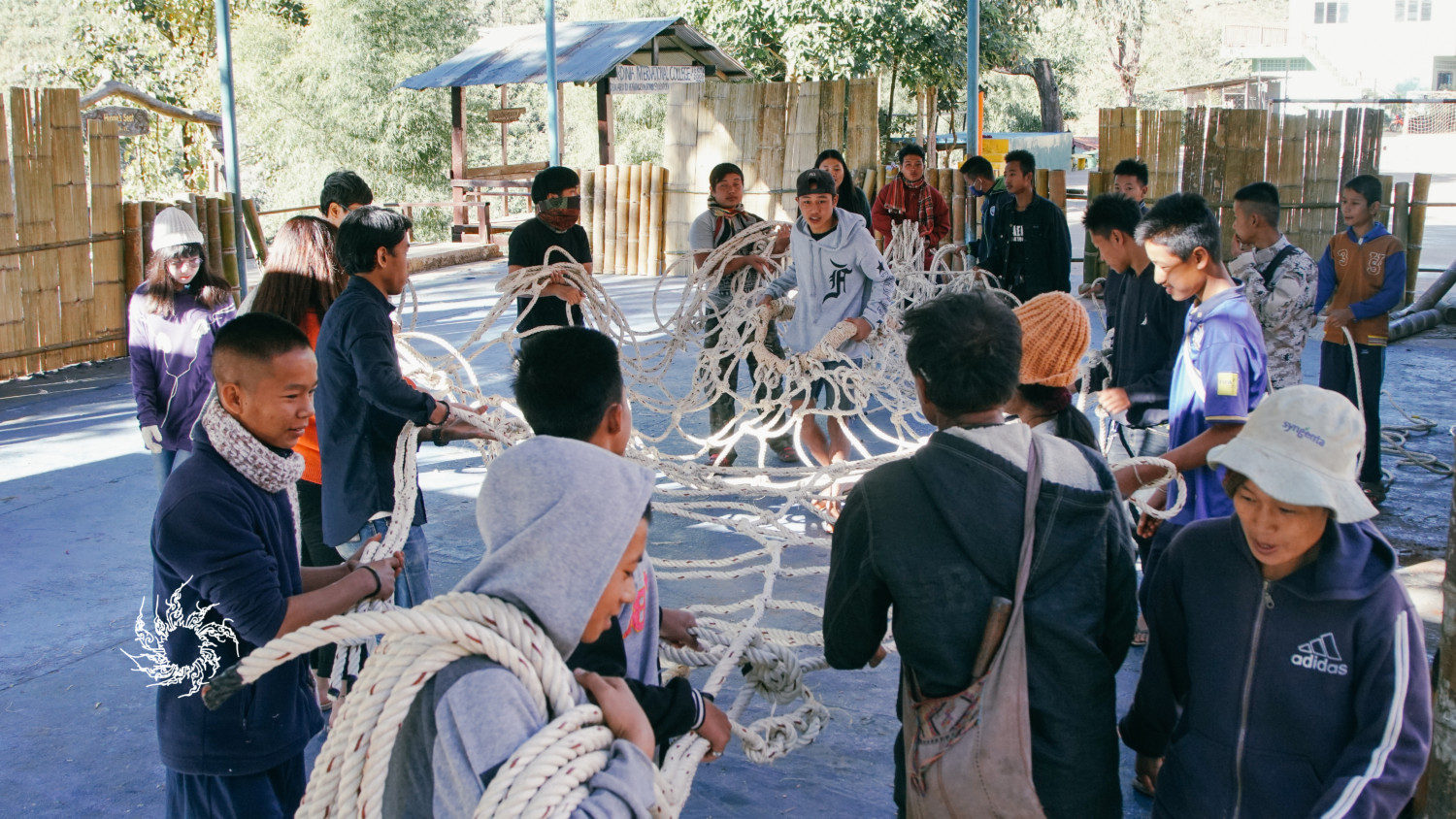
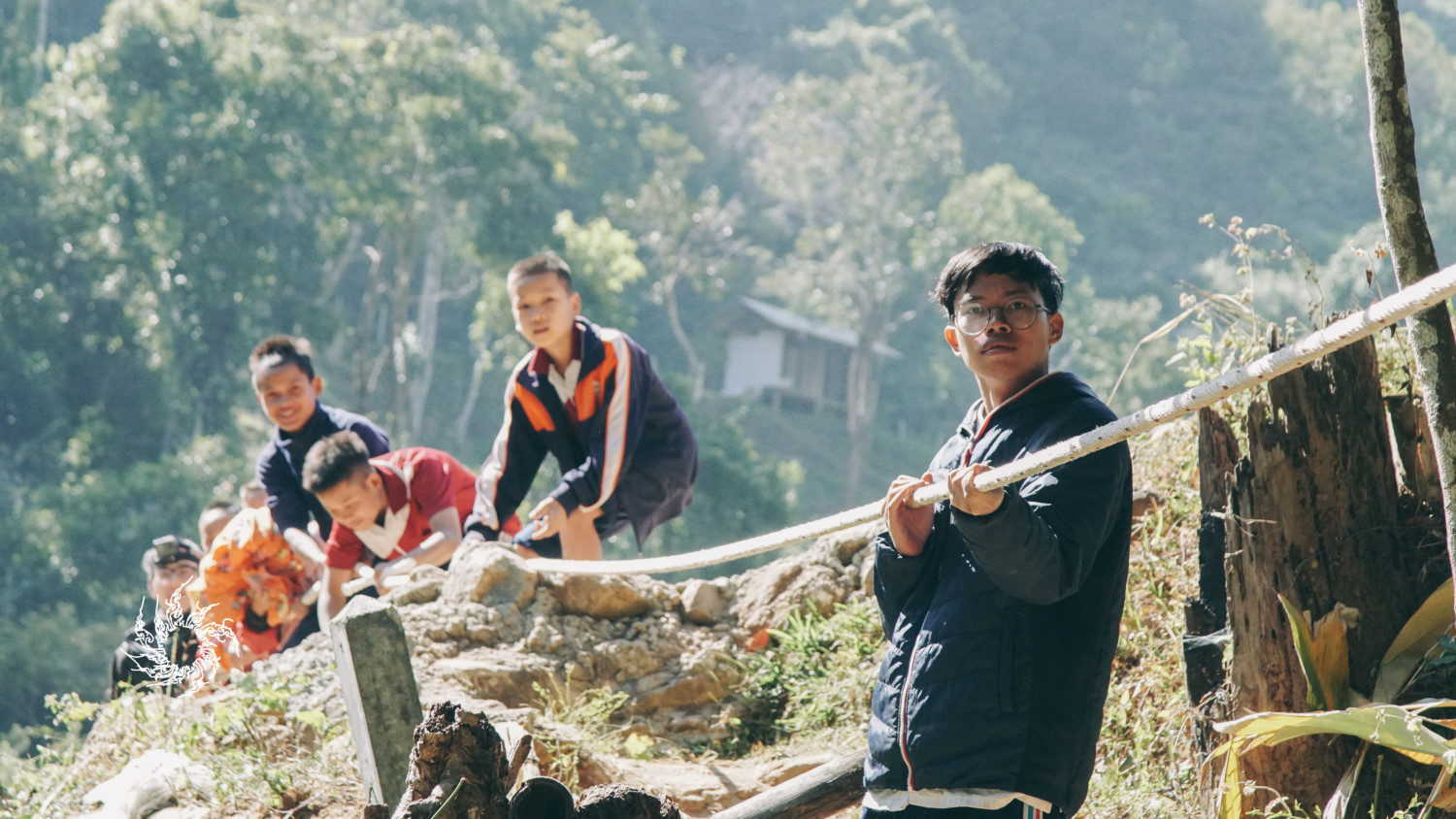
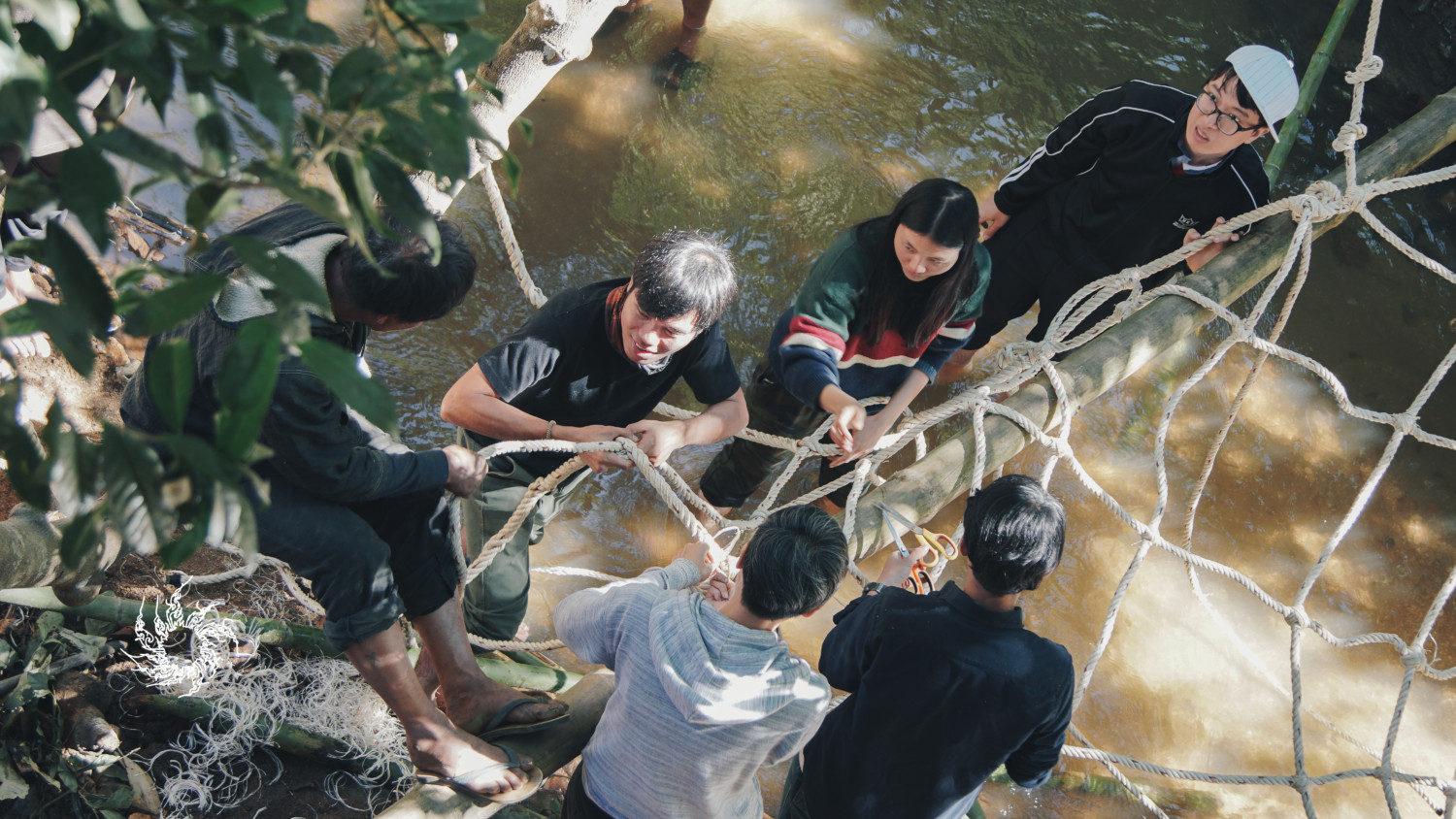
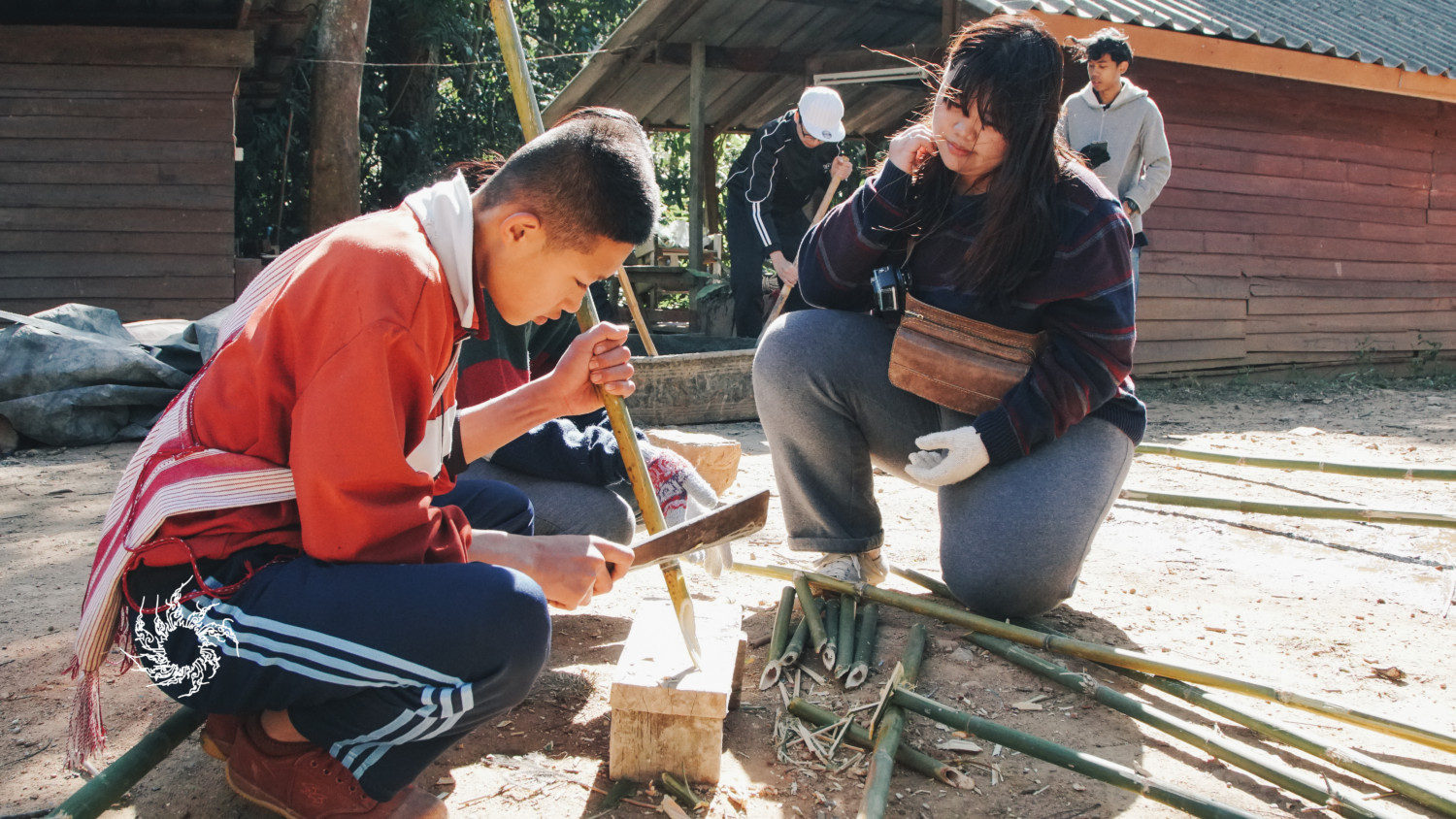
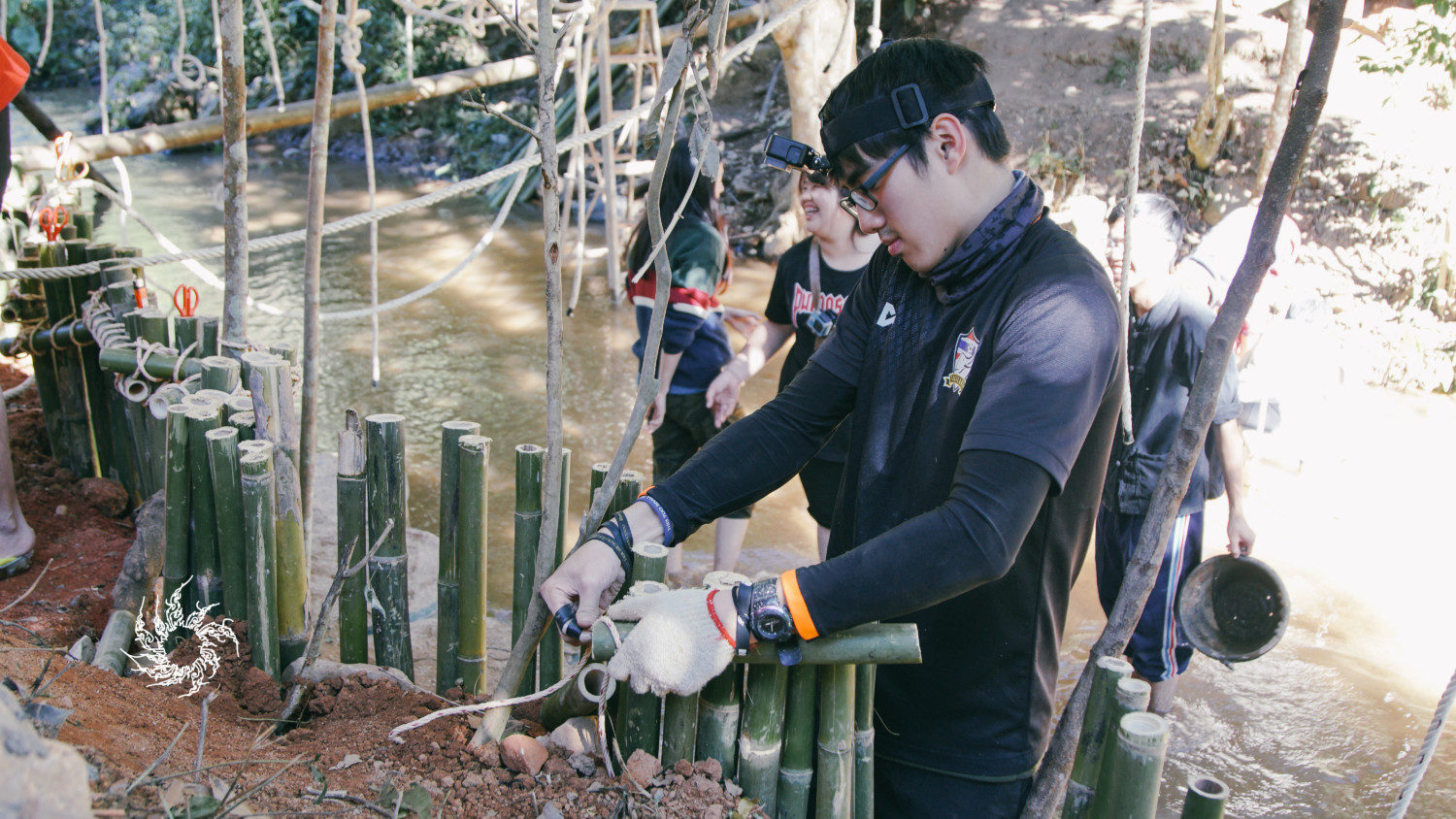
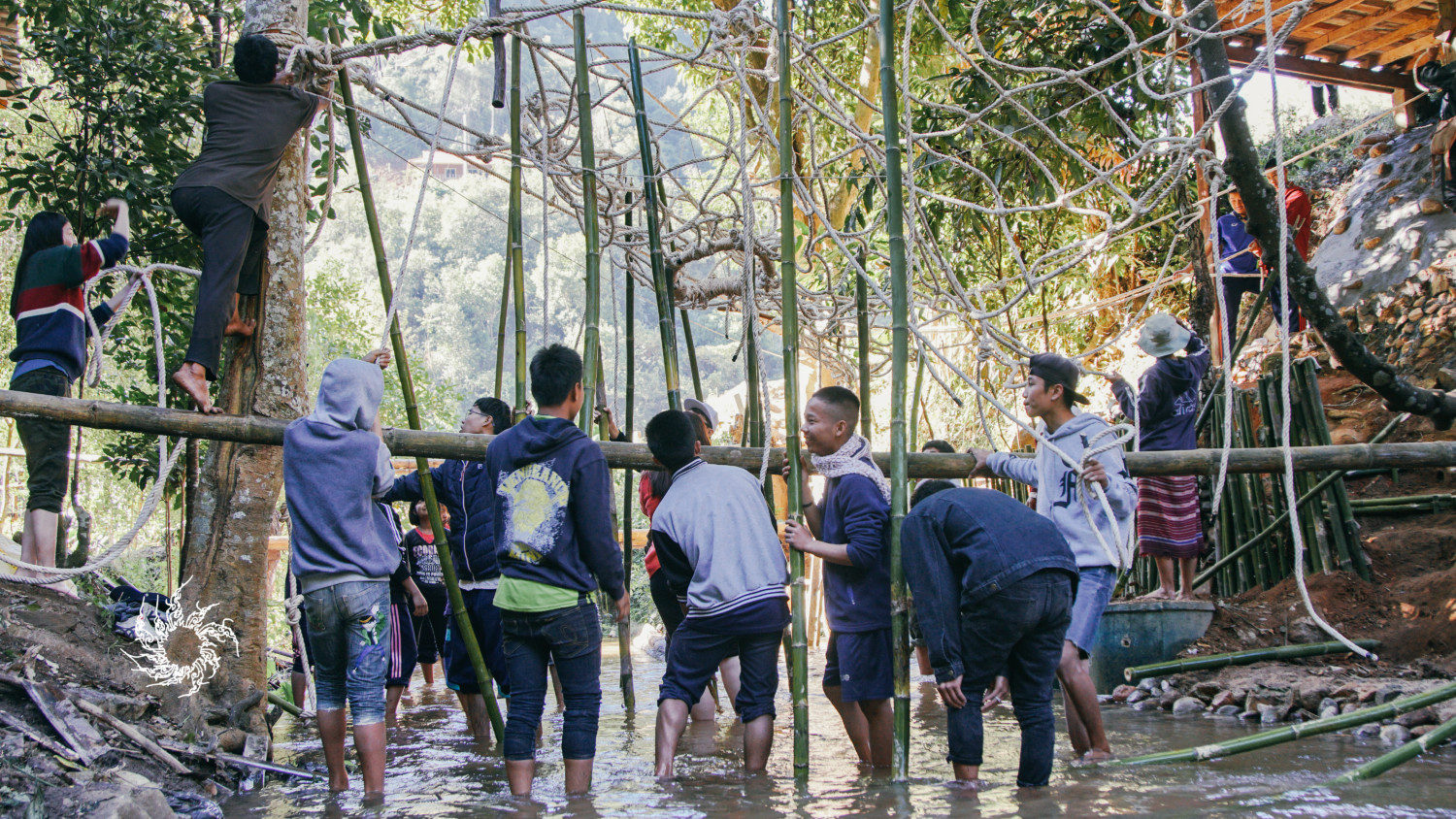
Related Media
เวบไซต์ : The Cloud
คอลัมน์ : travelogue
เรื่อง : นพรุจ เกาะงาม นักศึกษาสถาปัตย์ปี 2 รุ่นที่ 2 สถาบันอาศรมศิลป์



